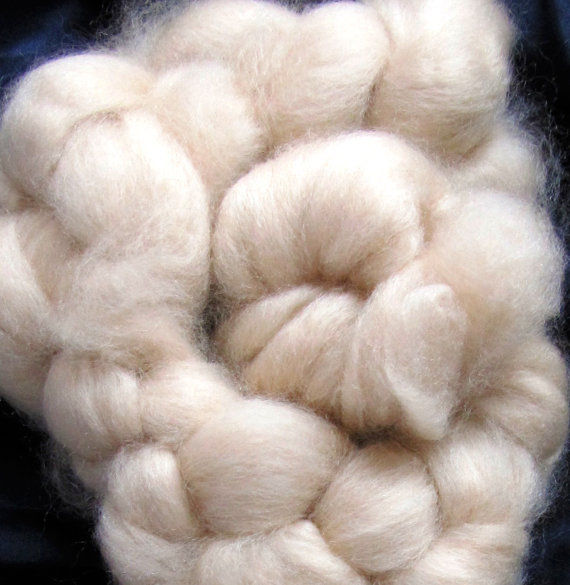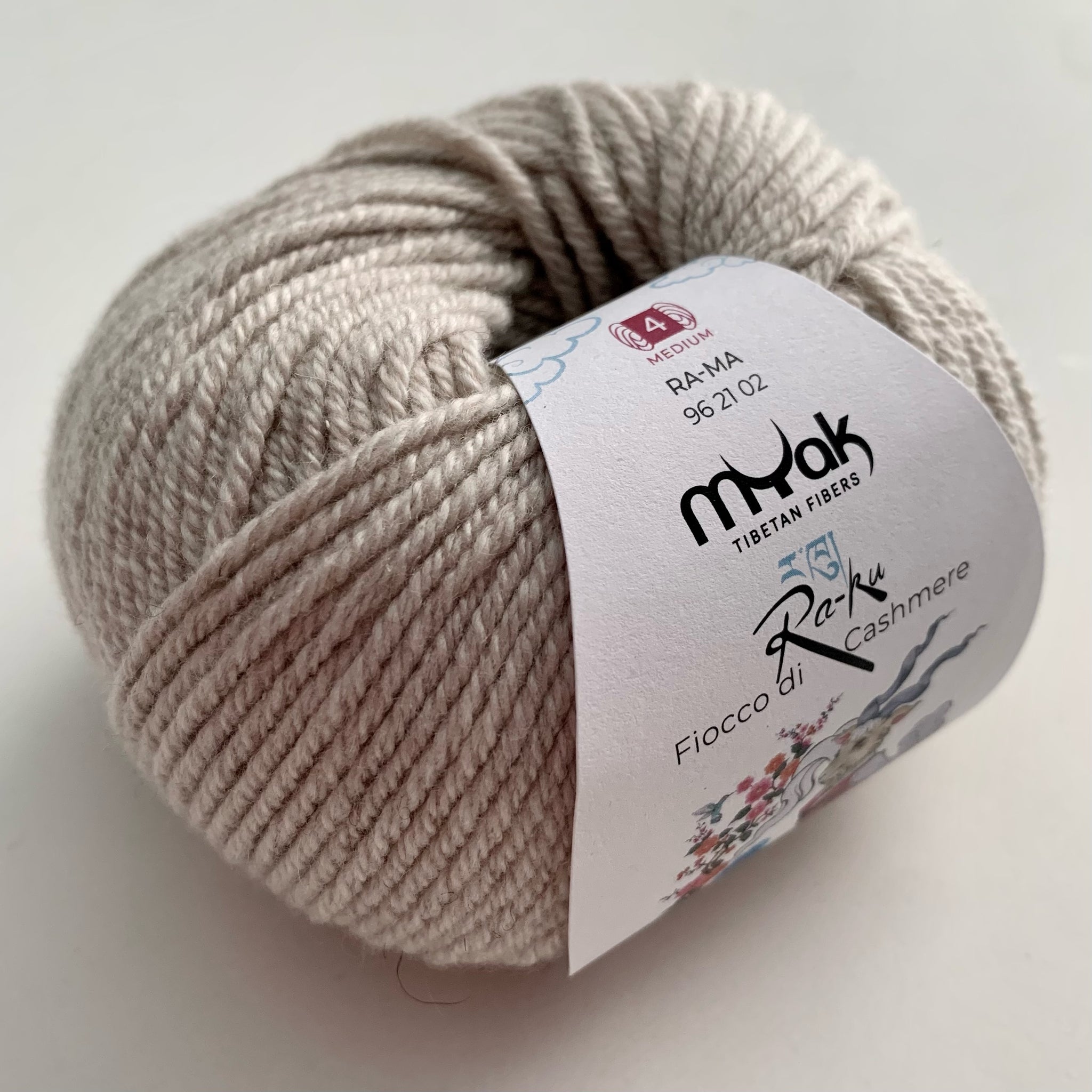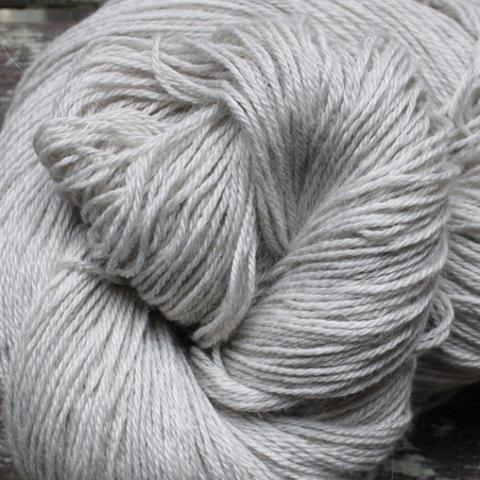Recognizing the Different Types of Cashmere an All-natural Fiber and Their Distinct Advantages

The Beginnings of Cashmere: A Historical Overview
While the extravagant touch of cashmere proceeds to charm modern customers, its origins trace back to the harsh, cold environments of Mongolia and the Mountain ranges. For centuries, the native peoples of these regions have actually been raising Capra Hircus goats, the prime source of cashmere woollen. These goats, resistant versus the extreme winters, grew a great undercoat to endure, which later on ended up being understood as cashmere.

The Production Process: From Goat to Garment
Shearing a Capra Hircus goat marks the creation of the intricate cashmere production process. This delicate treatment generally takes place yearly during springtime. The penalty, soft undercoat is then separated from the coarser external hair, a procedure referred to as dehairing. The resultant raw cashmere is then cleaned to get rid of pollutants such as veggie, dirt, and grease matter.
The tidy fiber is subjected to coloring, spinning, and weaving, or knitting, to transform it into a material. Complex treatments such as quality control checks and finishing procedures comply with, guaranteeing completion product maintains the glamorous criterion anticipated of cashmere. This meticulous process, from goat to garment, justifies the high price affixed to cashmere items, making them a symbol of deluxe and improvement.
The Various Kinds of Cashmere: A Comprehensive Evaluation

The Special Advantages of Cashmere: Comfort and Sustainability
Relocating from the variety of cashmere types to the advantages they supply, comfort and sustainability stand apart plainly. Cashmere, an all-natural fiber, is renowned for its unrivaled gentleness, supplying a degree of convenience that artificial fibers can't match. The material's lightness, yet excellent heat retention, makes it ideal for all seasons. Moreover, cashmere's all-natural flexibility permits it to go back to its original shape, making it resistant to shrinking or extending.
When it pertains to sustainability, cashmere is eco-friendly and eco-friendly, as it's collected from cashmere goats that regrow their layers annually. what is cashmere. Unlike artificial fibers which can take centuries to disintegrate, cashmere's effect on the atmosphere is very little. This combination of convenience and sustainability Get More Info makes cashmere an advantageous choice for aware customers

Taking Care Of Your Cashmere: Maintenance and Conservation Tips
While cashmere is unquestionably a elegant and lasting selection, it needs details care to preserve its top quality and expand its life expectancy. To start, cashmere should be hand cleaned making use of cool water and a mild cleaning agent. Cashmere products ought to be kept in a dry and awesome area, away from direct sunlight and moisture.
Buying Cashmere: Understanding Its Value and Worth
Although cashmere might originally appear like an expensive investment, its long-lasting Get More Information worth and worth come to be noticeable when you consider its exceptional top qualities. Understood for its unequaled soft qualities and heat, cashmere is a costs all-natural fiber that exceeds various other products. Investing in cashmere, therefore, is not simply concerning existing fashion trends, however about welcoming a sustainable, long-lasting, and elegant way of living.
Verdict
In recap, the type of cashmere one chooses, be it Mongolian, Chinese, or Italian, is dictated by private choices for heat, sustainability, spending plan, and deluxe. Recognizing the beginnings, manufacturing procedure, and distinct advantages of different kinds of cashmere can guide consumers in their financial investment in this lavish natural fiber.
Whether it's the exceptional warmth of Mongolian cashmere, the affordability of Chinese cashmere, or the eco-conscious production of Italian cashmere, there's a story to be found behind each fiber kind. Cashmere, a natural fiber, is renowned for its unmatched softness, giving a level of comfort that artificial fibers can not match.When it comes to sustainability, cashmere is naturally degradable and eco-friendly, as it's harvested from cashmere goats that regrow their layers every year. Understood for its exceptional gentleness and heat, cashmere is a premium all-natural fiber that outmatches other products. Comprehending the origins, manufacturing process, and unique advantages of different kinds of cashmere can direct customers in their investment in this glamorous all-natural fiber.